OCIP - WrapUp - Owner Controlled Insurance Programs/Policies
By Gary Oltmanns and Diane Dennis

Definition of an OCIP or Owner-Controlled Insurance Program/Policy
OCIP's are also known as (aka):
- Owner Controlled Insurance Programs/Policies
- WrapUp / WrapUps
- WrapUp Policies
- WrapUp Insurance Policies
I'll be using the different "aka's" through the article. :)
An Owner Controlled Insurance Program/Policy is a construction insurance policy taken out by the Owner of the property where construction is taking place.
Instead of each subcontractor securing his own commercial general liability insurance and/or workers compensation insurance and/or other insurance for the project, the Owner secures this policy which covers all construction and contractors insurance on the project.
A WrapUp can be used for various types of insurances needed on a construction project (i.e. liability insurance is always covered but only sometimes is workers compensation insurance added).
Any time an OCIP is used on a project subcontractors have no choice but to accept the WrapUp and its terms or else not do the project. There is no option to use the subcontractors own insurance.
*If the OCIP does not cover workers compensation insurance then the contractor would use his own.
OCIP's effectively improve the safety of construction and reduce insurance costs
According to the U.S. Department of Transportation (USDOT) Federal Highway Administration, Owner Controlled Insurance Programs are an effective way to improve the safety of construction operations and reduce the cost of insurance on large projects.
From the USDOT website:
"The basic operational features of an OCIP are:
- The owner purchases insurance coverage (all or some specific elements) to cover all construction contractors (including subcontractors) on a project
- There is an integrated owner-contractor managed safety program on the project
- Claims are processed centrally
Generally, the use of a WrapUp insurance policy can save money on large projects through lower bulk insurance rates, improved safety management processes, and reduced disputes between contractors over who was responsible for a particular loss."
The Owner is in control
The Owner pays for the WrapUp and the subcontractors are covered under that policy for that particular project, instead of each subcontractor being covered by his own general liability insurance.
The Owner then looks to each sub to credit back to him the cost of the insurance that the contractor would normally include in the bid as overhead costs. The Owner requires the contractor to break his bid down and show how much of the bid is insurance costs.
Once a dollar amount (insurance cost) has been determined, the Owner deducts that amount from the contractor's bid and writes the contract for that lower amount. If the contractor wants the job he will be required to accept the contract at the lower dollar amount.
And remember there are almost always several contractors in line behind you willing to take the job should you pass on it, which unfortunately greatly reduces if not completely negates your ability to negotiate more preferable terms.
Is a WrapUp really as attractive as it appears to be?
At first glance a WrapUp can be attractive to all involved - after all who doesn't want to save money on their insurance costs?
Based on the fact that the "bulk" insurance policy is less expensive than each contractor's individual liability insurance policies added together, it's true that the Owner can enjoy a significant savings on the cost of his project.
But what of the subcontractor? Does he/she really save money on insurance costs when an Owner Controlled Insurance Program is used?
An OCIP vs "regular" contractor insurance
Subcontractor-provided liability insurance
When a subcontractor obtains his own liability insurance, one of the things he's required to provide is a dollar amount estimate of how much work he'll do (aka gross income, employee field payroll, and subcontract costs from his construction business) for the term covered by the policy (which is usually one year).
What happens if the subcontractor obtains insurance for $1,000,000 for the year and does $1,000,000 but some of that million ended up being on projects covered by WrapUp Policies?
The subcontractor needs to keep accurate records and then should subtract his OCIP costs (receipts, payroll, and subcontract costs) from what he reports to his own insurer for his final audit.
If the balance is less than what the subcontractor originally estimated (because the OCIP costs were subtracted) then typically he'll get back any overpayment he made on his policy.
While a sub will know before signing a contract that there's a possibility of an Owner Controlled Insurance Program being involved it does sometimes go down to the last couple weeks prior to ground breaking before it's decided on. Fortunately, no matter which way it goes (the owner's policy or your own) your insurance cost does not change either way.
An Owner-Controlled Insurance Policy (OCIP)
The main reason why a general contractor would choose to use an Owner Controlled Insurance Policy is to have one insurer (rather than 10, 20 or more) handling claims.
This scenario eliminates finger pointing and billable attorney hours, which ultimately results in a lower cost of insurance and less administration.
Through my internet research I have found some of the following additional reasons as to why a WrapUp might be used:
- Adequate protection may not be afforded to Owners and Direct Contractors (also known as General Contractors, Prime Contractors, and Original Contractors) when being listed as "additional insured" on the contractor's/subcontractor's liability insurance policy because the limit of liability on his policy is shared over most if not all of his projects.
- Most contractors have an annual blanket aggregate limit that while designed to cover all of his work performed in the course of a year, may not if he doesn't have project-specific limits.
- Due to the many phases of a construction project there will typically be many individual contractors. Most likely those contractors will have some differences in their coverages and some may be uninsured for certain happenings.
While
the above reasons are good reasons for these types of insurance
policies...
There's still the possibility of the Subcontractor incurring additional costs
The Subcontractor could be looking at:
- The, uncompensated for, additional administration costs involved with dealing with the paperwork generated by the WrapUp.
- The possibility that insurance coverage provided through WrapUps will not be enough coverage for the contractor.
- Contract deductions that exceed the contractor's actual insurance costs.
The above are just some of the risks that could be involved.
A few "gotcha's" contractors should watch out for in OCIP's
Limits of coverage might be inadequate (too low for the size group).
Deductibles are often ridiculously high, $50,000 or more.
Exclusions, limitations, and conditions vary greatly from policy to policy (just because the last WrapUp you worked under was acceptable to you doesn't mean the next one will be).
It's very important to have an insurance agent/broker or attorney read over any WrapUp before you agree to the terms. Some agents may charge you to do this but it is well worth it as he/she knows the lingo and knows what to look for.
Summary (or might I say, wrap-up?) ;)
OCIP's can be useful on projects that are hard for contractors to get insurance for, such as condominium projects, but that still doesn't eliminate the risks outlined above.
As mentioned previously, subcontractors have no choice but to accept an OCIP if there is one on the project.
It doesn't matter how much insurance you might have, you don't have the option to use it when there's an OCIP in place.
If you don't agree to the Owner's insurance policy, you won't be able to do the job.
So it's important to find out, before you sign a contract to do the job, if there's an OCIP - and if there is, is it something you are comfortable agreeing to?
You'll need to figure out the best course of action for your particular situation. Keep in mind the risks outlined above when making your decision.
---
Thank you so much to Gary Oltmanns of Southern California Insurance Brokerage
for his incredible help with putting this article together. Gary is a
wealth of information and is always willing to answer any of your
questions that he can. Please feel free to visit his website or call him
at 1-800-900-9372.
Bookmark me!
Bookmark my site and let me help you with your construction project management - together we'll crush the chaos of contracting!
Be sure to subscribe to my free newsletter to stay updated on happenings here at the site, updates to the downloadable construction forms, and ongoing news in the construction world.
Thank you for visiting and have a great day!
Diane

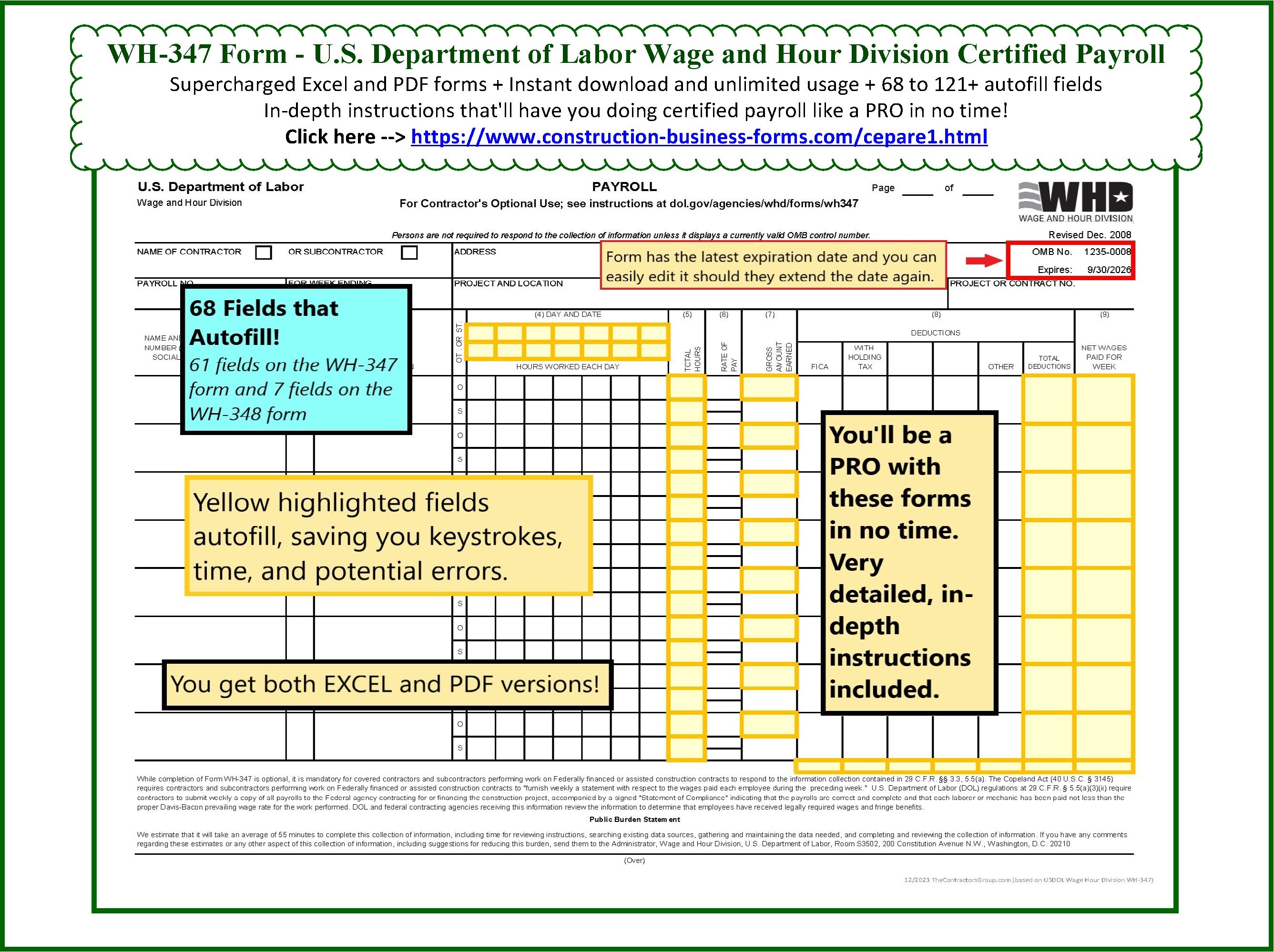
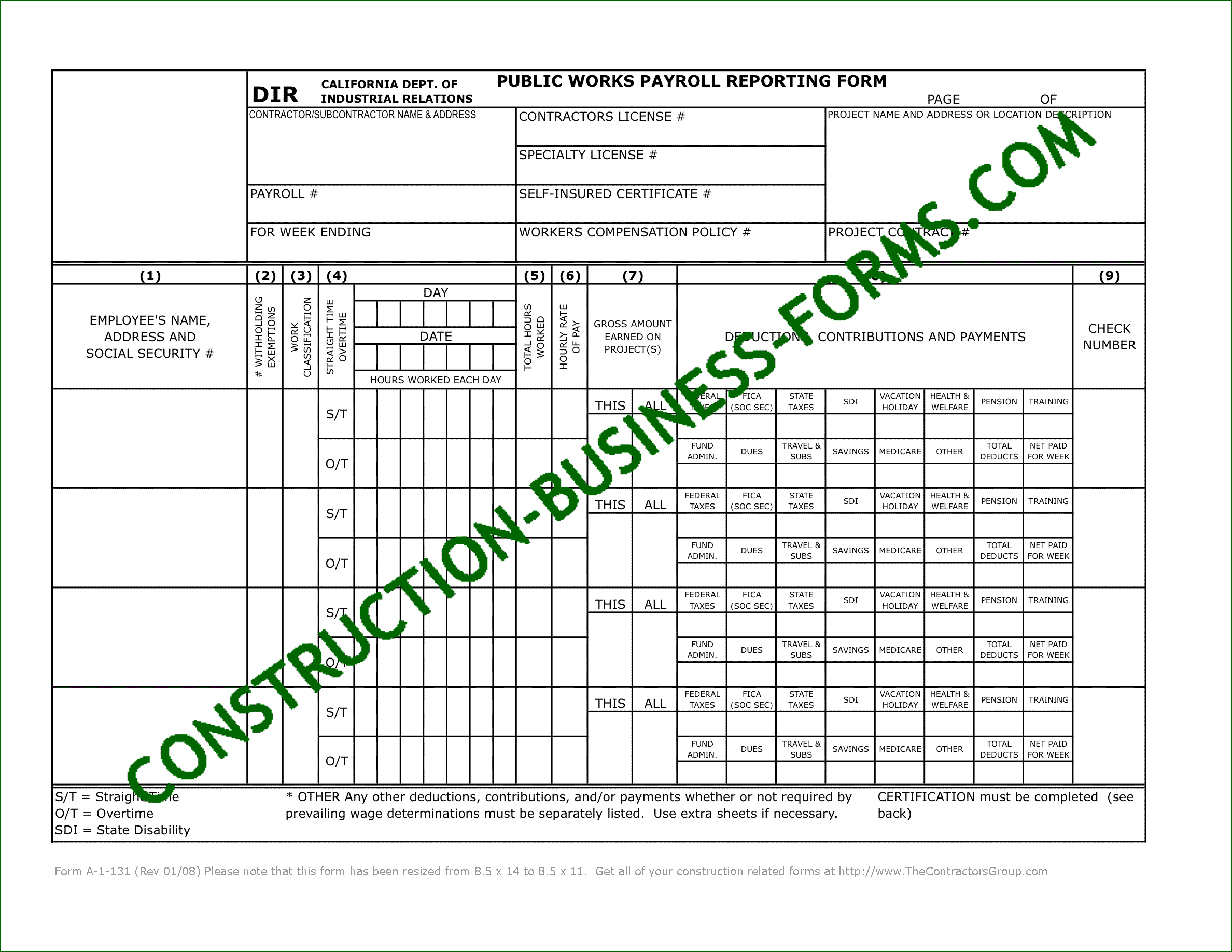


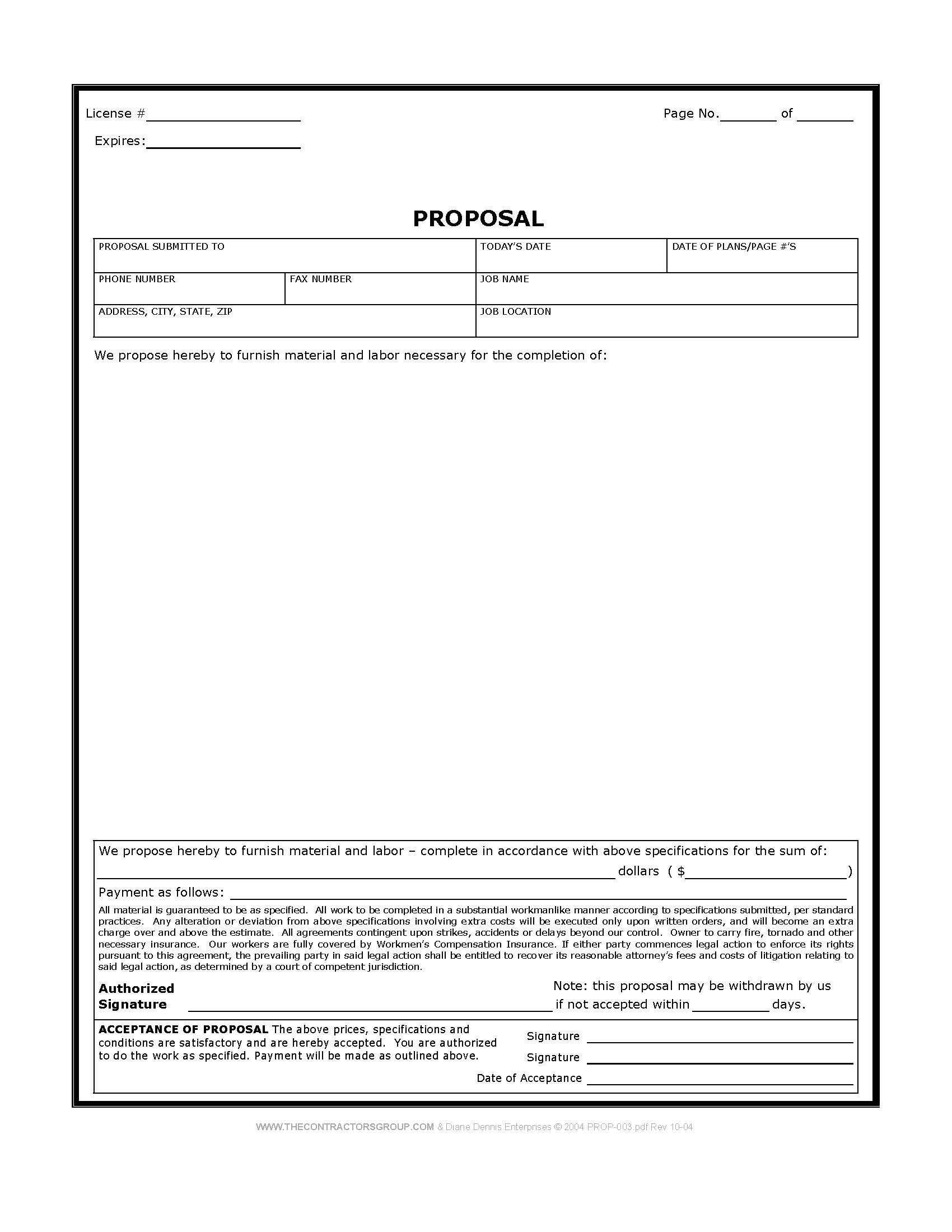
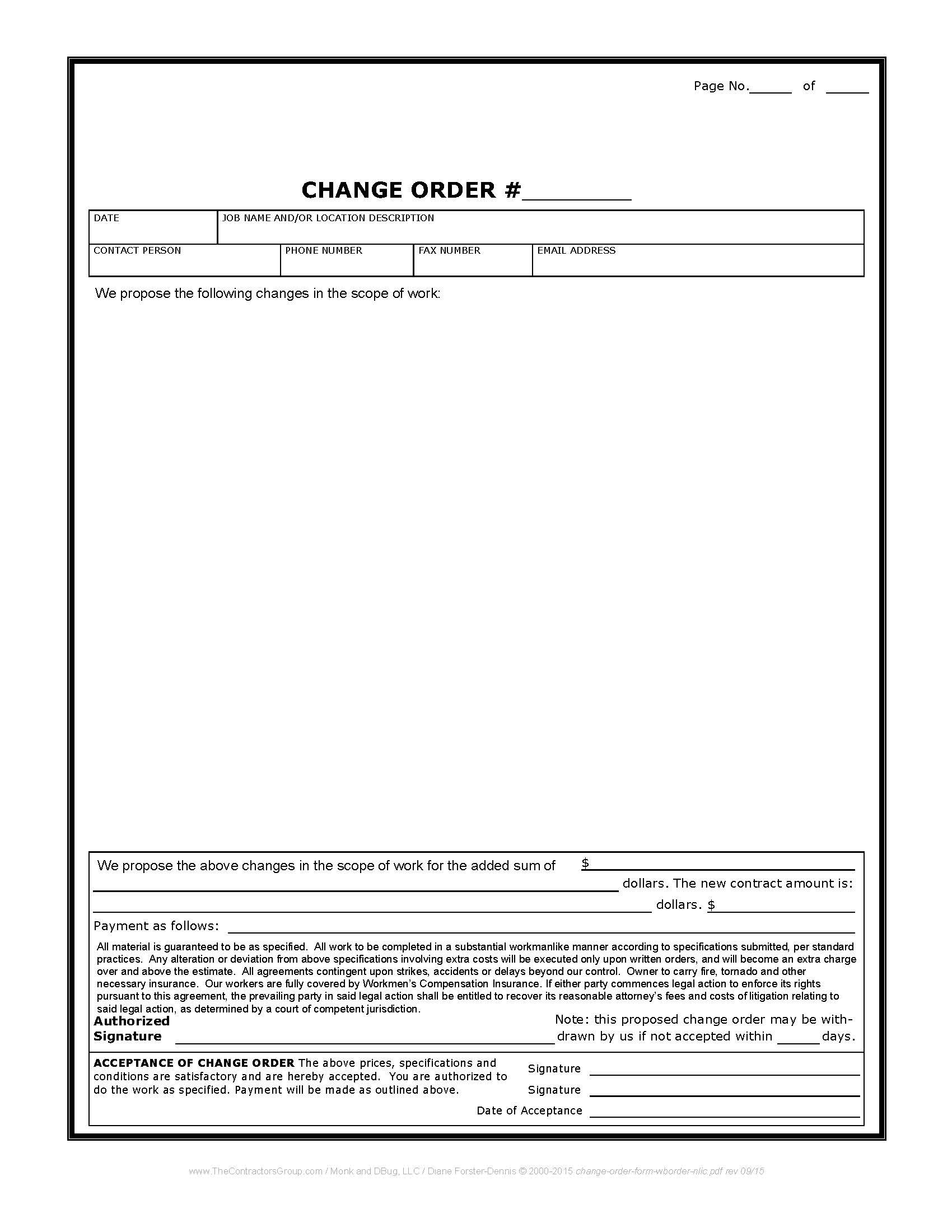

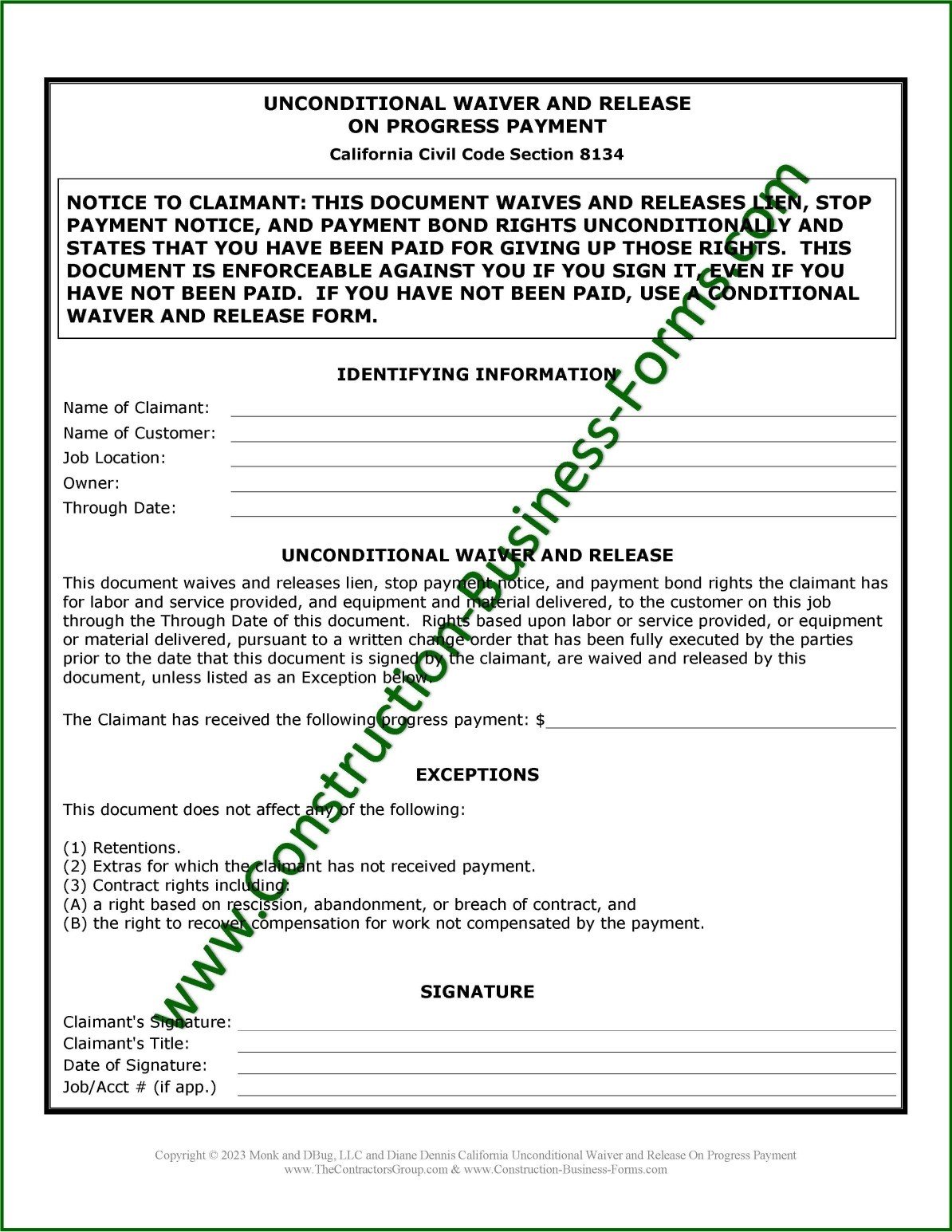
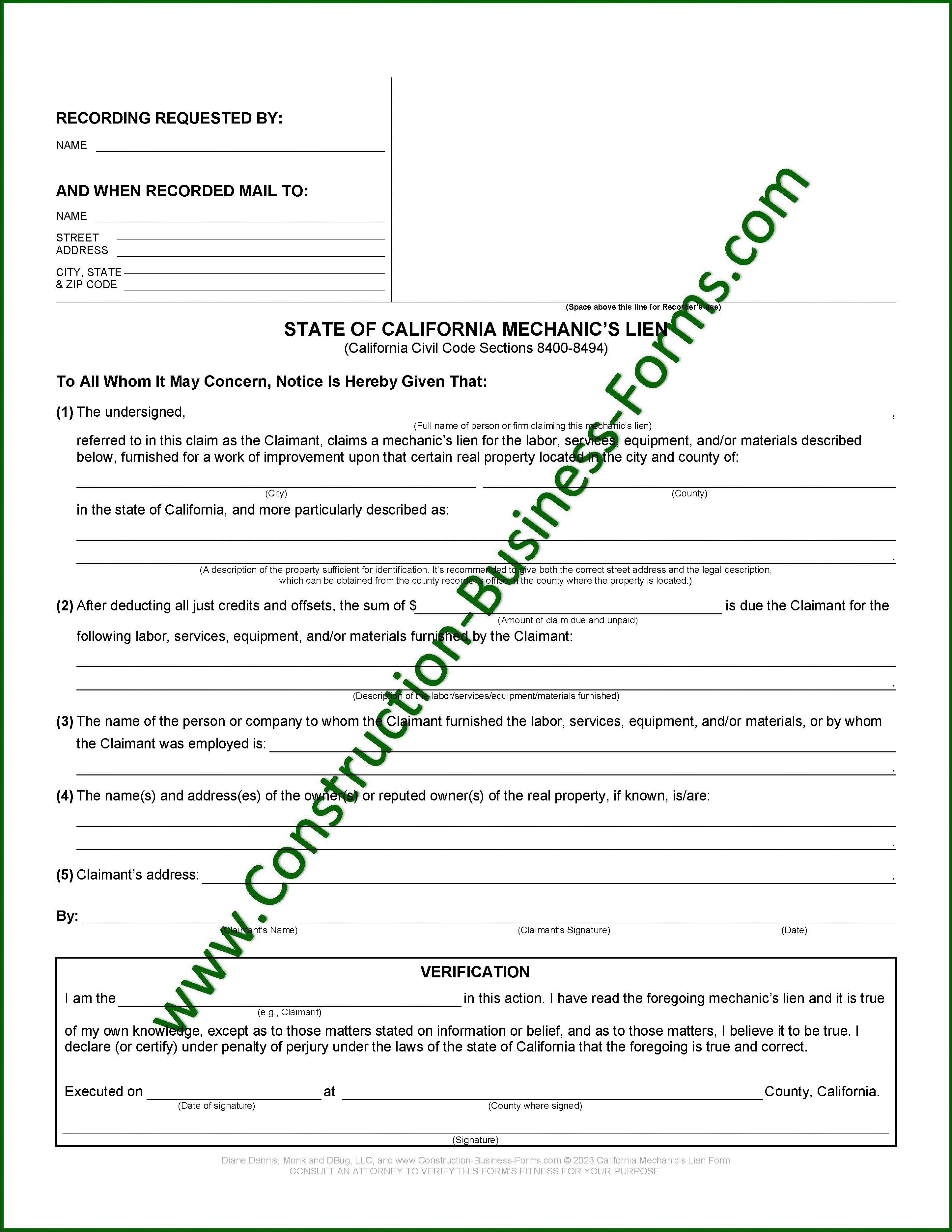




New! Comments
Please leave me your comments below. Facebook doesn't notify me of comments but I'm tickled when I come across them and I always respond when I see them.